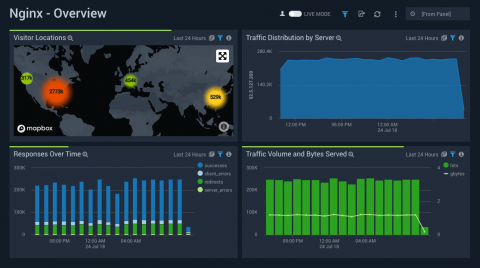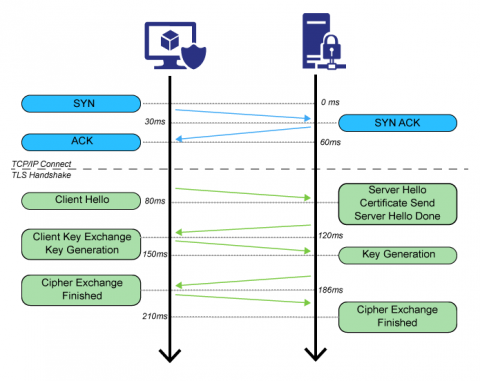WebLogic Managed Servers Health States Automation with WL-OPC
WL-OPC (WLSDM OPERATION CENTER) is the operation central and notification system which enables to manage application server infrastructure. You are going to able to manage, organize and visualize with WL-OPC; How to Create a Notification Actions ? WLSDM notifications can be managed from WL-OPC. Application, Datasource, JMS, Server and Domain’s health notifications can trigger the custom scripts. In this article about to restarting the server when the servers states are shutdown.











